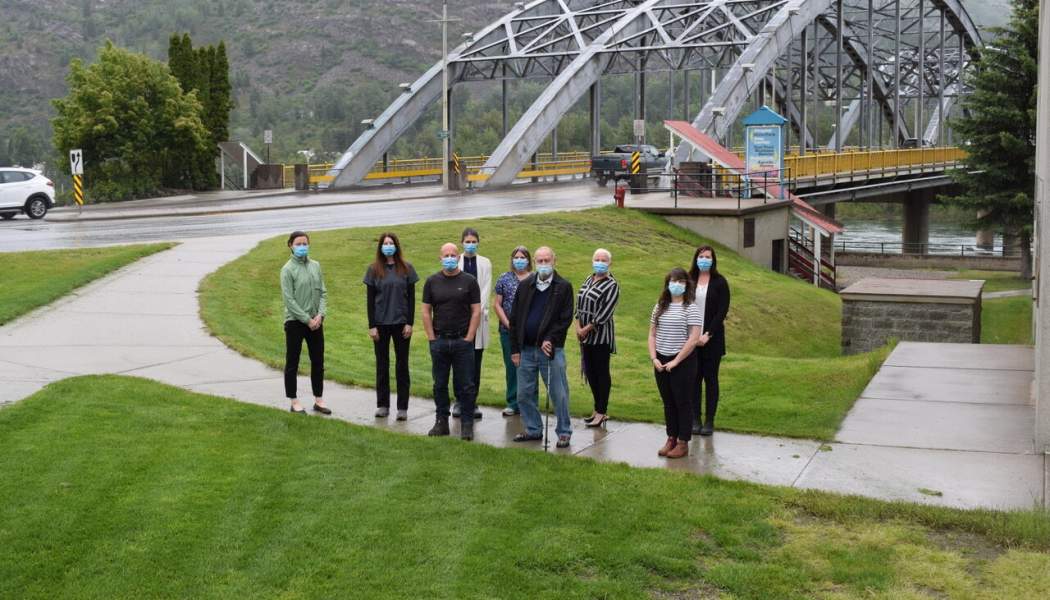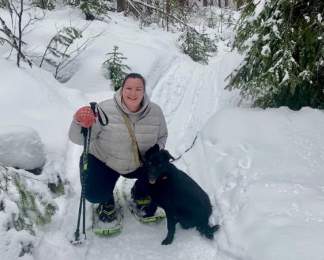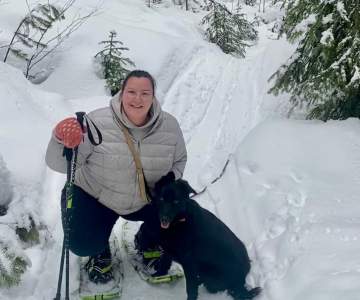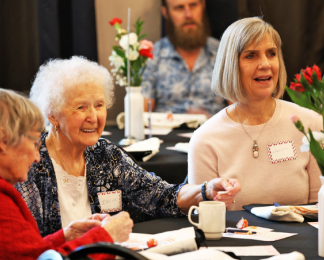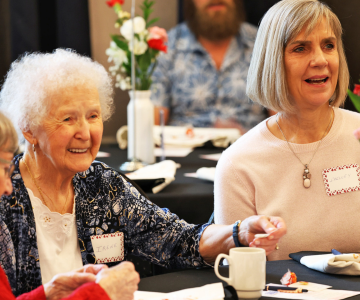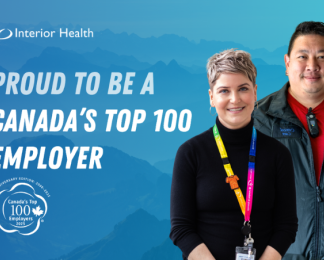At 82 years of age, Win Mott speaks of very few health-care complaints. The Trail resident knows he should pay attention to eating well in order to stay healthy, and he can envision needing some physiotherapy down the road to ease the pains that accompany aging.
Win also knows he’ll have easy access to health-care providers who will work together and with him to address those needs and any others, thanks to the new primary care network now launched in the Kootenay Boundary region.
Primary care networks are teams of care providers who work together, with the patient, while sharing information to achieve well-coordinated, seamless, and accessible care.
“The thought that someone can simply go to a clinic and see the person most appropriate, or maybe more than one person at once, is a much more direct way to deliver care,” Win says. “It just makes sense.”
Primary care networks are tailored to suit the specific needs of the population within a region – and designed with input from the population itself. Win is one of two Patient Voices Network representatives on the Kootenay Boundary Primary Care Network Steering Committee. He sits at the table alongside physicians and staff from Interior Health and the Kootenay Boundary Division of Family Practice, as well as representatives from the area’s Ktunaxa and Okanagan nations – all part of a collaborative partnership committed to providing a full range of culturally safe, team-based health services.
This formal collaboration between health-care providers in a local area makes it easier for patients to access and navigate health services, improving their overall experience of the system and leading to healthier people and communities.
Moreover, says Win, it’s a logical approach to health care, one that goes beyond the traditional “get sick, see the doctor, get a pill kind of medicine.”
“Why would you not want to deliver an approach based on the professionalism and expertise of everyone?” he says. “It’s logical, looking at wellness and wholeness.”
This approach is also familiar to him, from his days as a health-care administrator in long-term care, where they practiced team-based care.
Win can see the Kootenay Boundary primary care network impacting patients in his region in the best way – as well as patients in the South Okanagan Similkameen, East Kootenay, Central Okanagan and Cariboo (Central Interior rural area), where other primary care networks have been launched in Interior Health, with more networks still to come.
“As a senior living in Kootenay Boundary, having the care team who knows me best all under one roof and sharing the information I provide for them makes things much easier. It is exactly what I need,” says Win. “Instead of confronting a bewildering array of resources on my own to get help, the primary care network gives me one familiar and trusted source, with a team working together to give me the best possible care. I’m certain that patients in Kootenay Boundary and right across British Columbia are going to really appreciate the team approach of the primary care network.”
People are already seeing the benefits of the primary care network in Kootenay Boundary, says Dr. Shelina Musaji, who is the Kootenay Boundary Division of Family Practice’s physician lead and co-chair of the network steering committee.
“Patients are seeing the provider who can best support their needs, and our practitioners are able to work as a team, surrounding the patient and giving them the care they need to lead their healthiest life possible,” says Dr. Musaji. “It’s great for all providers, who love working as a team and can focus on supporting patients with their specific skill set, and it’s great for our patients who get the right care, at the right time, by the right provider.”
Win also believes that primary care networks will play a key role for people who don't have a physician or nurse practitioner.
“This will really help with patient connection, ensuring people are attached to a regular primary care provider and a supporting team,” he says, adding that many aren’t yet aware of what primary care networks can do, but that will change. “When people see that the network opens a door to a whole lot more care than just seeing a doctor, once that concept catches on, we’ll see quite a difference.”

